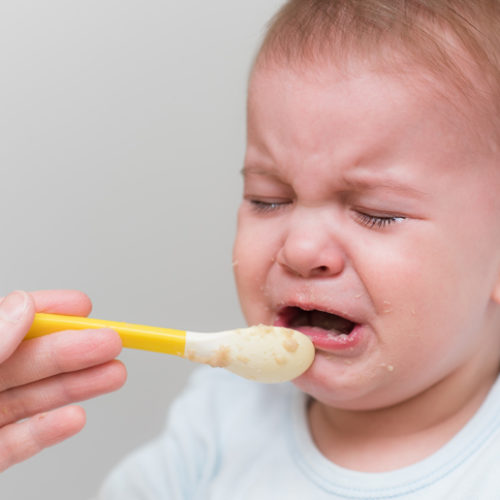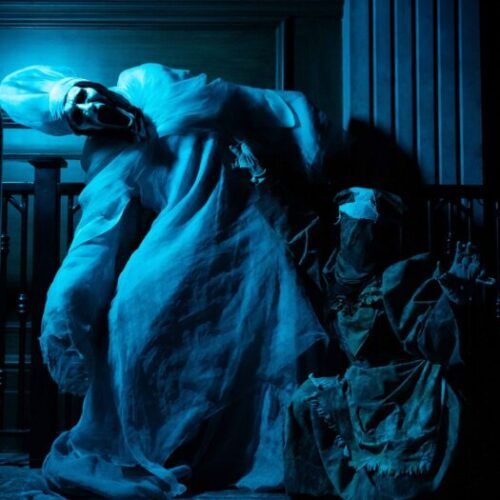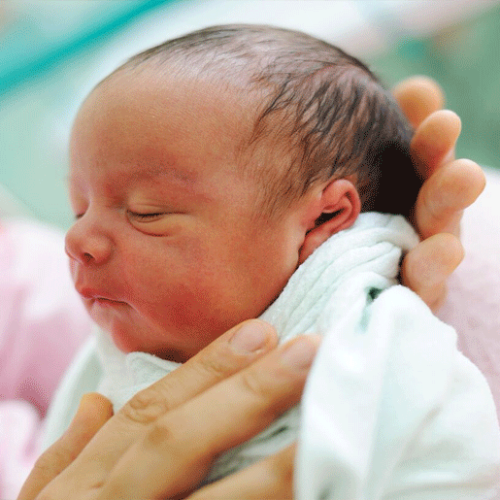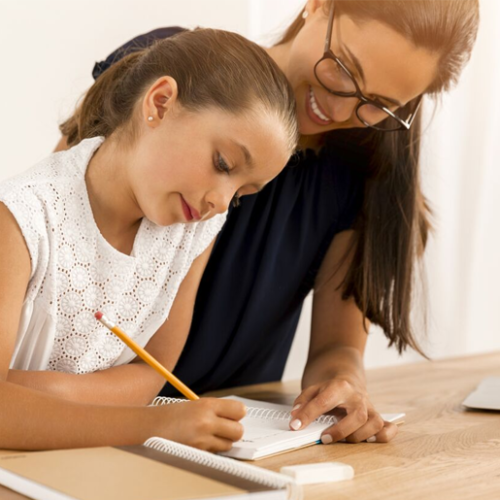Handling head lice

Discovering head lice in your child’s hair isn’t ideal, but don’t panic – it’s something most parents face at some point.
Head lice are common among young children, particularly in schools and nurseries where close contact is a daily occurrence. While they can be a nuisance, rest assured they’re manageable with the right approach and a bit of persistence.
What are head lice?
Head lice are tiny, wingless insects that live on the scalp, feeding on blood to survive. They don’t jump or fly and are spread through head-to-head contact. Importantly, they don’t carry diseases, so while they may cause some itching, they’re not a health hazard.
Contrary to popular belief, head lice aren’t a sign of poor hygiene – they’ll happily inhabit clean or dirty tresses. This is a message worth sharing with your little one, as it can help reduce any embarrassment or stigma.
Spotting the signs
One of the first signs of head lice is itching, caused by an allergic reaction to their bites. If your child is scratching their head more than usual or complaining about unusual discomfort, it’s time to investigate.
To check, use a fine-toothed comb on wet or conditioned strands, which makes it easier to spot lice. Focus on areas where lice often congregate, such as behind the ears and at the nape of the neck. You might see live lice crawling through the hair or nits (lice eggs), which look like tiny white or yellow dots firmly attached to the hair shaft.
How to tackle lice
Once you’ve confirmed that your son or daughter has head lice, it’s time to act. Below is a step-by-step plan to get rid of them effectively.
Choose a treatment
Over-the-counter treatments such as shampoos, lotions or sprays are widely available. Follow the product instructions carefully, ensuring the treatment is applied evenly to all of your child’s hair and then left on for the recommended time.
Comb thoroughly
After treatment, use a fine-toothed lice comb to remove lice and nits. Comb through little ones’ wet, conditioned locks in sections, starting at the roots and working to the tips. Rinse the comb regularly to remove any trapped lice.
Repeat if needed
Most treatments need to be repeated after 7-10 days to kill newly hatched lice, as unfortunately, nits can sometimes survive the first round.
Prevention tips
While it’s impossible to completely prevent head lice, there are steps you can take to minimise the risk. These include encouraging your child to avoid sharing hats, hair brushes or hair accessories, keeping long tresses tied back in braids or ponytails and regularly checking their scalp, especially during outbreaks at school.
Stay positive
Dealing with head lice can feel overwhelming, but remember it’s a temporary inconvenience. Keep calm and reassure your little one that it’s a common problem. With a bit of patience and perseverance, you’ll soon be rid of the lice – and your child will be back to their itch-free self in no time!
Image Credit: ShutterStock











Comments